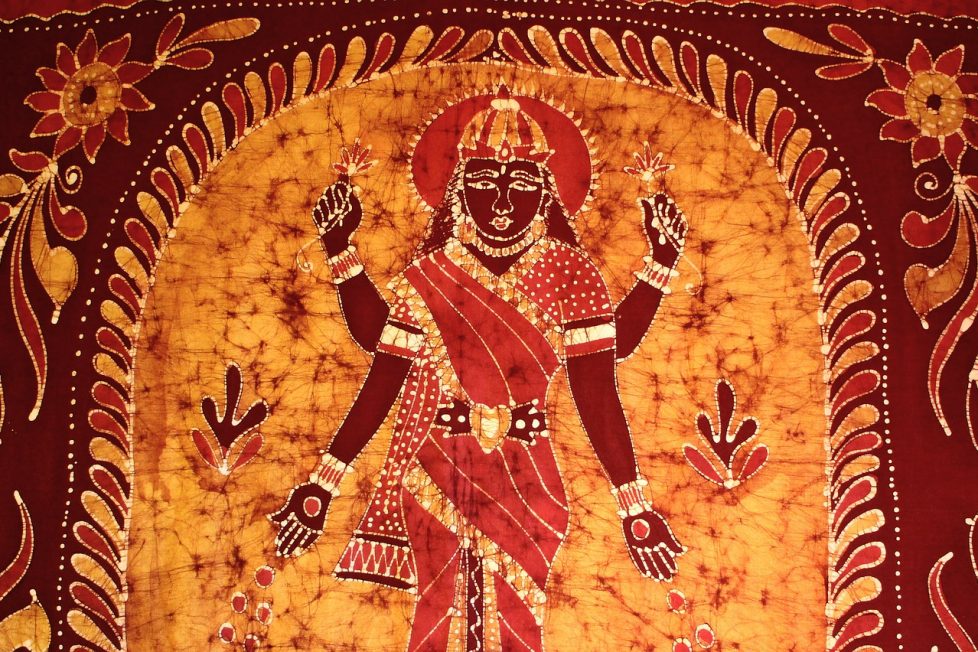How Vedic culture is relevant today-1


We should all be aware that by exploring the information and opinions on the various themes available in Vedic culture, we can use this Vedic knowledge to our advantage in a variety of ways. In addition, given all the difficulties we currently face, perhaps it is time to adopt a different perspective and dig deeper in order to uncover the solutions and guidelines that are desperately required. It’s possible that the study and comprehension of this illustrious Vedic legacy can enable us to cut through the complexity that seems to permeate so much of modern culture.
Vedic knowledge contains fields of research, development, and expression that are just as important for human advancement today as they were hundreds or thousands of years ago. India and its Vedic culture have made significant contributions to the globe, including music, stunning works of art and architecture, martial arts, astronomy, holistic healing in Ayurveda, the ten-number mathematical system, yoga, and philosophy. Yoga has developed into a three billion dollar industry in the US. According to a recent survey, 16.5 million Americans—or 7.5% of the population—practice yoga, as at the time of this writing in 2005. Moreover, the readership of the Yoga Journal magazine increased from 90,000 in 1998 to 170,000 in 2000 to 325,000 in 2005.
Vedic mathematics is another illustration of how it has advanced. It is an old development that nonetheless has a significant influence on contemporary life. Many of the achievements and technologies that we take for granted today would not exist without the mathematical advances made by Vedic culture as early as 2500 BCE and transmitted to others, such as the Greeks and Romans. Calculation was significantly hampered, for example, by the Greek alphabet. Moreover, the Egyptians lacked a sophisticated numerical system for performing massive calculations. They had to utilize 23 symbols to represent the number 986. Even the Romans lacked a method for performing mathematical computations. They didn’t find what they required until they adopted the Arabic numeral system, which was used in India. From that time, highly accurate weights, measures, and scales with decimal divisions have been discovered.
The difference was that Vedic mathematics was responsible for creating the system of tens, hundreds, thousands, etc., as well as the idea behind transferring the leftovers from one column of numbers to the next. The Greeks, Romans, Egyptians, and even the Chinese used different systems, making it practically hard to calculate enormous numbers. The zero was also created by the Vedic system, which has been hailed as one of mathematics’ greatest innovations.
The Brahmi numbers are thought to be the ancestors of the Indian numeric script. By traders and merchants, it reached Arabia, and from there it climbed into Europe and other continents. The Arabians referred to them as “Indian figures” (Al-Arqan-Al-Hindu) before they were recognised as the Arabic numerals, and the mathematical system was named hindisat, or the Indian art.
A well-established mathematical system existed in Vedic civilization and was documented in the Shulba Sutras. They have been dated to the eighth century BCE. The term Shulba Sutras translated as “codes of rope” This was due to the fact that exact distance measurements for altars and temple structures were made using lengths of rope utilizing such calculations.
The Shulba Sutras were originally a section of the Kalpa Sutras, a major work on mathematics. The mathematical advances made by them and the Vedic mathematicians were appreciated. The alphabet’s letters were first used to denote unknowns by Indians. Yet their expertise in geometry was particularly well-known.
In reality, tools used for geometry dating back to 2500 BCE have been discovered in the Indus Valley.
Moreover, the Baudhayana, the first of the Shulba Sutras written before the eighth century BCE, had the elements of what would later come to be known as the Pythagorean theorem. In 540 BCE, Pythagoras presented it after learning about it during his travels through India. This demonstrates the sophistication of Vedic society.
Following the Shulba Sutras, Vedic mathematics continued to advance in the area of Jyotish, or Vedic astronomy, which made use of all types of mathematics. Up until far later in the Renaissance era, Indian mathematicians continued to develop systems that were unknown in Europe. For instance, Aryabhatta is recognised as the creator of algebra and is credited with introducing sines and versed sines in the fifth century. He is credited with being the first to say that the Earth orbits the sun. The wisdom of the early Vedic seers is evident from the fact that this was mentioned in the ancient Vedic books many years earlier.
Source: Crimes against India by Stephen Knapp
DISCLAIMER: The author is solely responsible for the views expressed in this article. The author carries the responsibility for citing and/or licensing of images utilized within the text.
